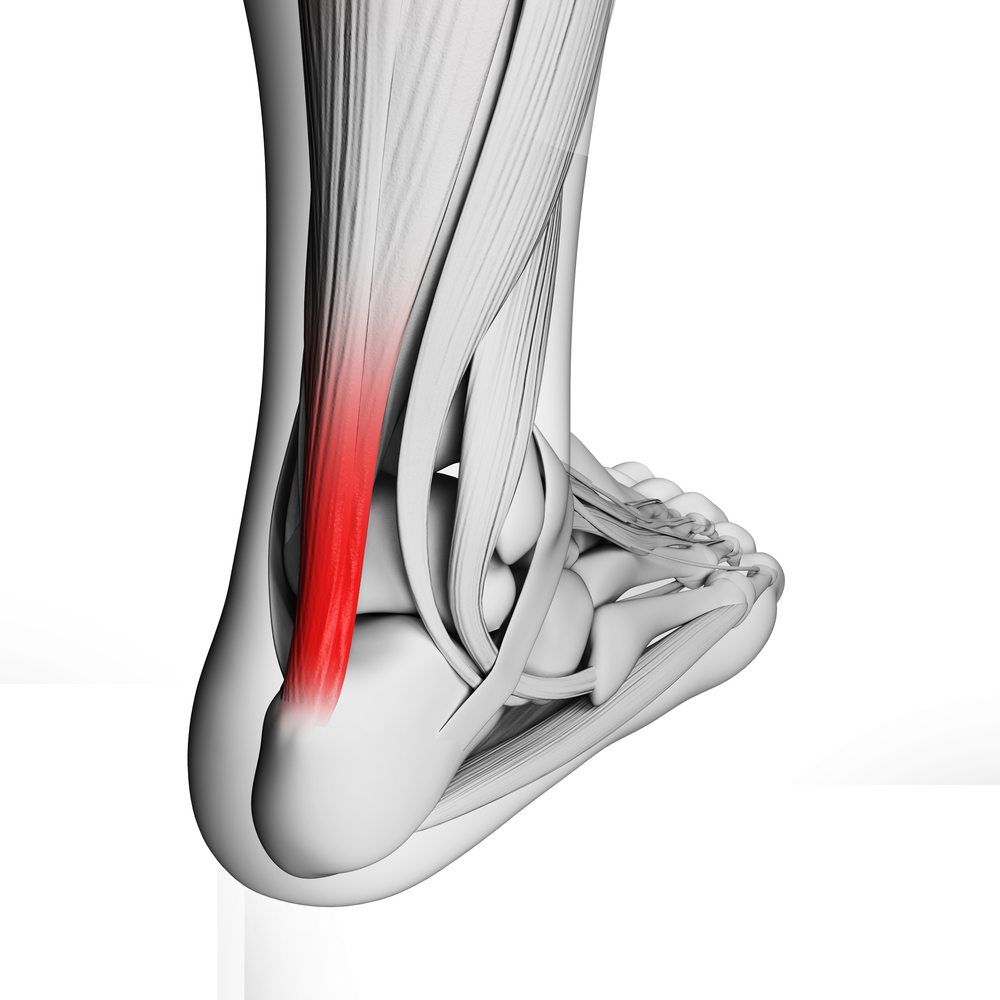Tendons are the thick, cord-like structures that hold muscle to bone, and when they become inflamed, tendonitis occurs. Tendonitis is almost always a result of overusing the tendon, causing it to become overstretched or slightly torn. Overusing the tendon can be a result of increased activity, constantly using the same tendon for repeated motions, or by a foot or ankle injury from sudden movements or repetitive rubbing. In the foot and ankle, the most common forms of tendonitis include: Achilles tendonitis, posterior tibial tendonitis, flexor tendonitis, and extensor tendonitis. Peroneal tendinosis, which refers to a form of chronic tendonitis resulting from damage at a cellular level rather than inflammation, can also occur.
Did you know…
That 15% of all running injuries can be attributed to Achilles Tendonitis? Running is generally an activity that overuses the Achilles tendon through constant, repetitive motions and mechanical instability in the foot.
Frequently Asked Questions
Do I have Tendonitis?
You may have tendonitis if you have pain that increases with activity or by stretching, and decreases with rest. You may also notice that your Achilles tendon is painful to the touch and slightly swollen. If you think you may have tendonitis, schedule a consultation with Dr. Hadfield today!
How will Dr. Hadfield diagnose and treat Tendonitis?
Dr. Hadfield will ask you about your medical history and perform a physical exam. Although tendonitis can usually be diagnosed from the physical exam alone, in some cases imaging tests, such as x-rays or an MRI, may be performed to rule out other possible conditions.
Dr. Hadfield will begin treatment for your tendonitis by first recommending that you rest the tendon and give it time to heal itself. This means you will be expected to limit or eliminate the activity causing irritation to your tendon. To help keep the tendon immobilized, Dr. Hadfield may recommend a walking boot or a period of non weight bearing. To reduce inflammation, you may also see a physical therapist and take prescribed non-steroidal anti-inflammatory drugs (NSAIDs).
What can I expect after treatment?
After treatment, you will need to continue to exercise caution when doing activities or motions that use the affected tendon. In the case of foot and ankle tendonitis, wearing proper footwear, stretching before exercise or activities, and gradually increasing activity intensity will help prevent future cases of tendonitis.
Dr. Hadfield of Hadfield Foot & Ankle has been serving McKinney and the surrounding Collin County area by providing excellent care to patients through highly skilled conservative and surgical treatments, as well as superior customer service. If you have foot or ankle concerns, schedule a consultation with Dr. Hadfield today and take your next step forward!

